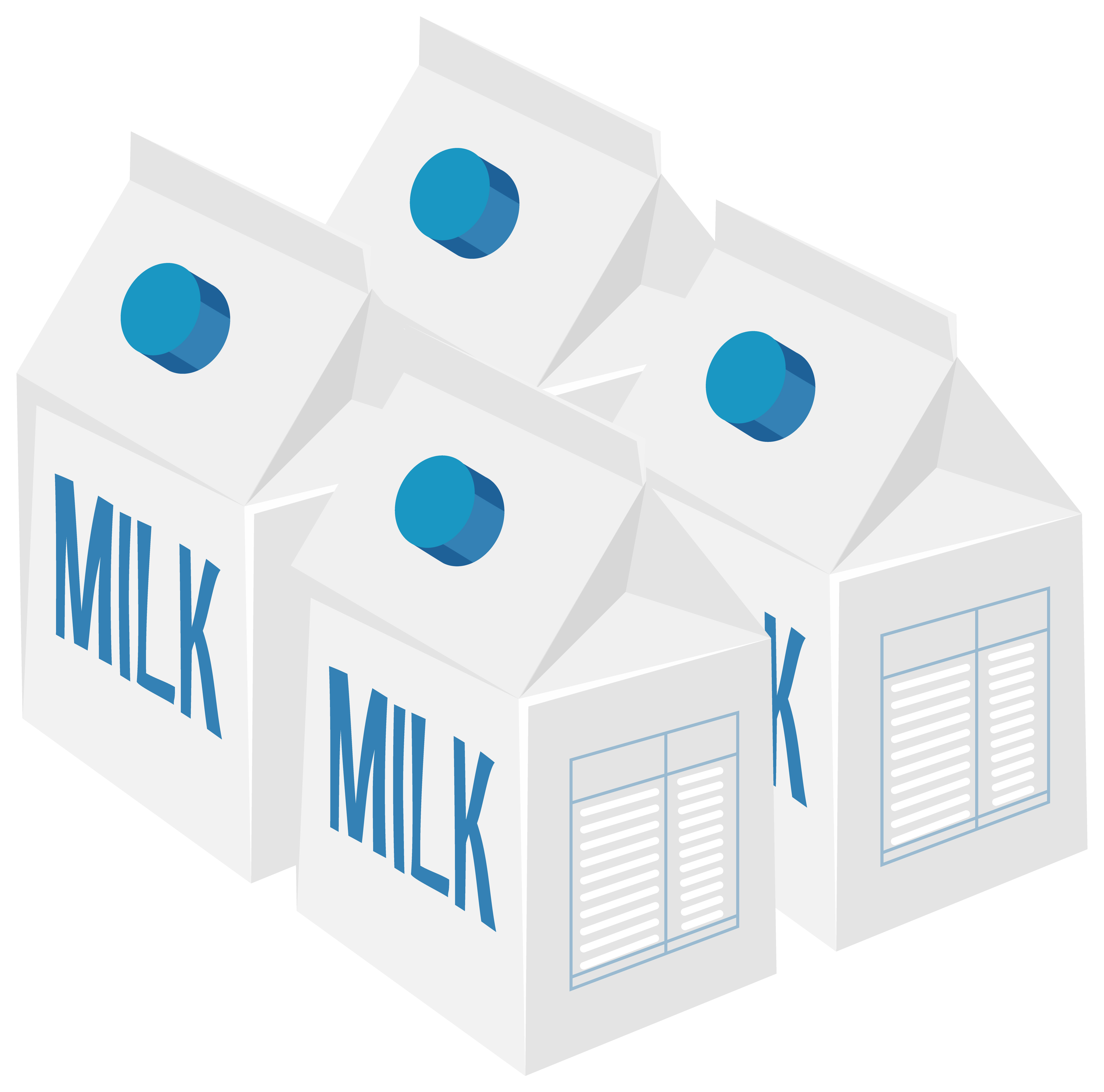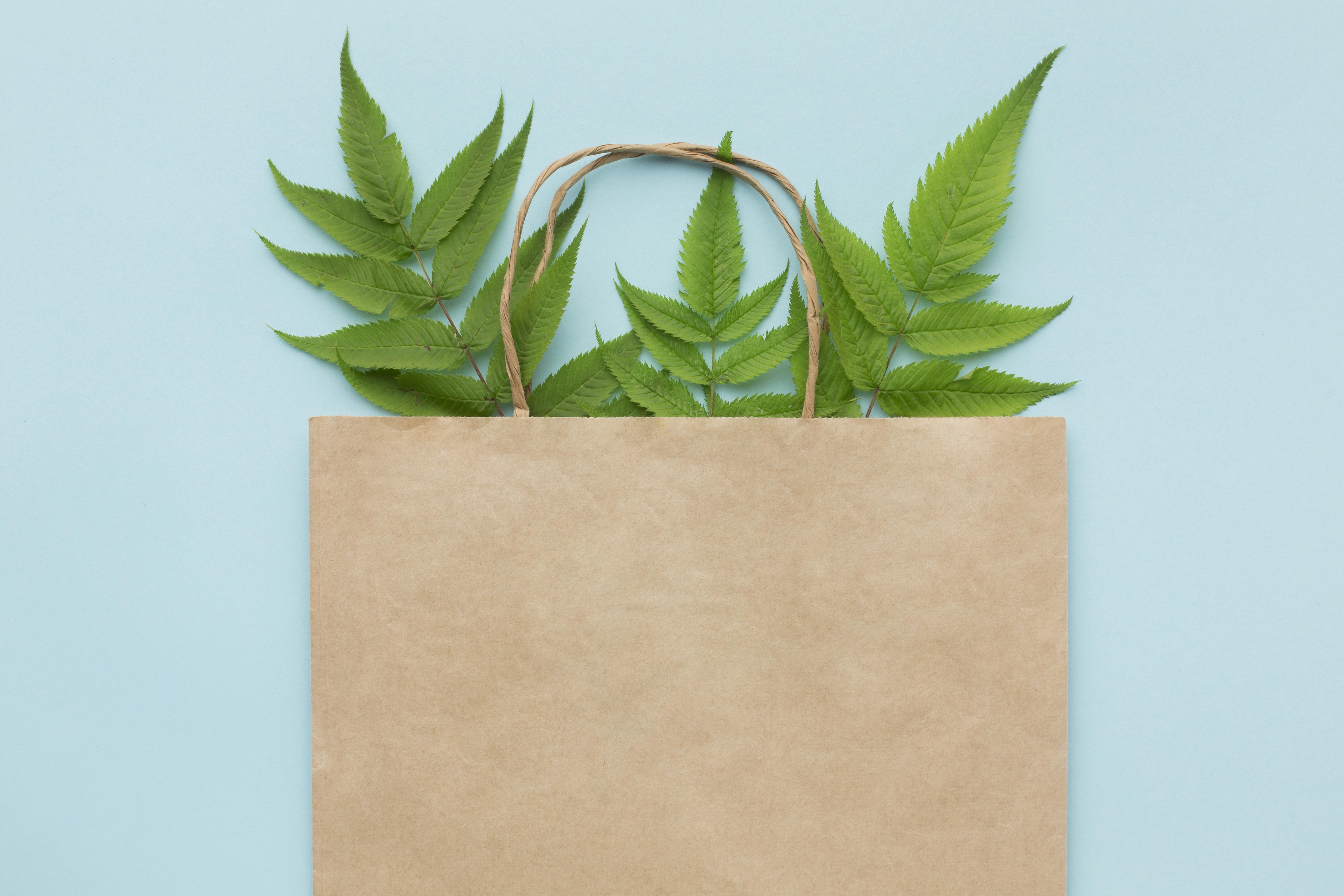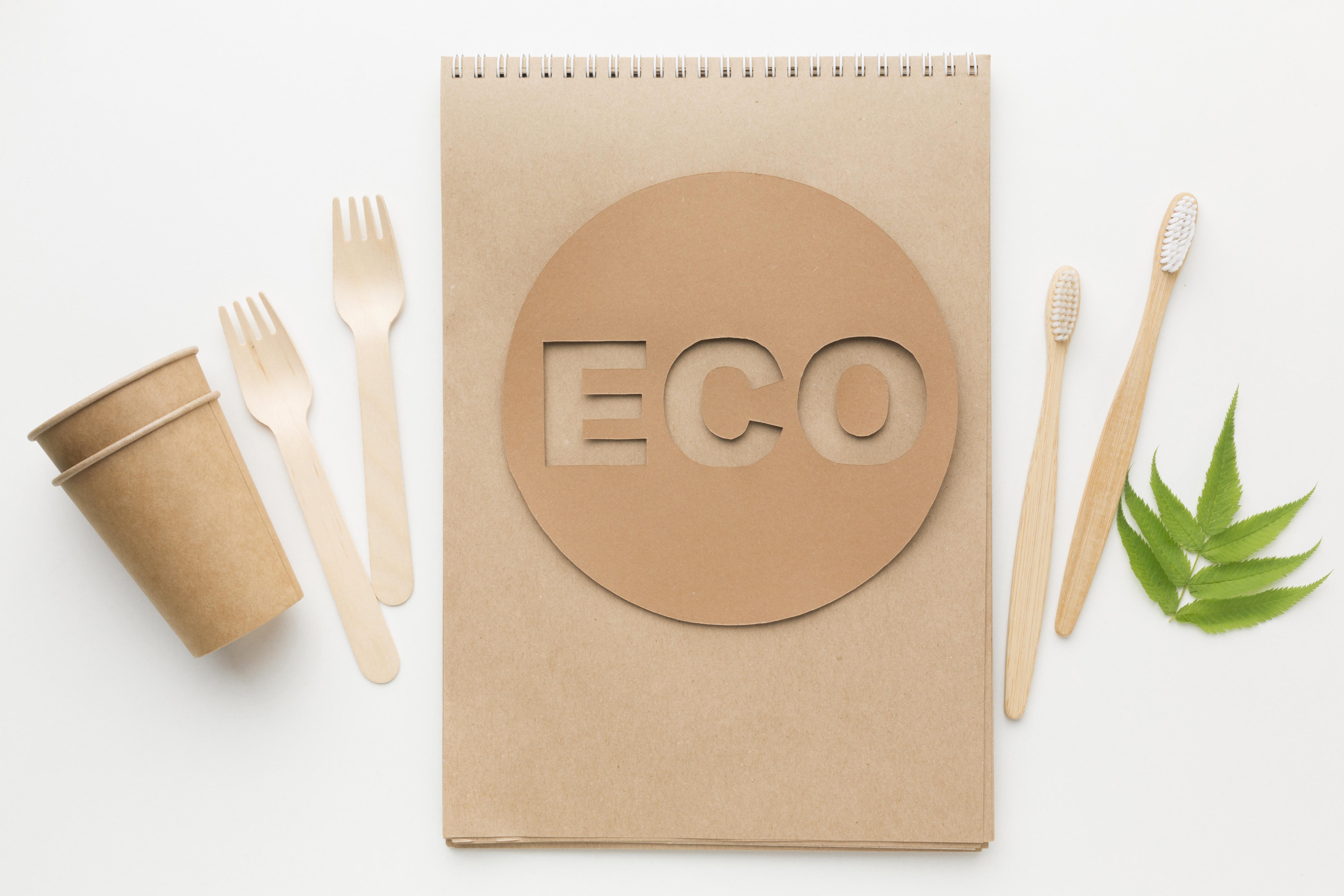How Milk Pockets Improve Shelf Life and Reduce Waste

When it comes to daily essentials, milk is undoubtedly at the top of the list for most households. Whether you use it for your morning tea, coffee, cereal, or cooking, milk plays a crucial role in everyday nutrition. But while the importance of milk is undisputed, the way it is packaged has undergone a significant transformation. Enter milk pockets – a modern, sustainable, and efficient solution to the traditional milk packaging system.
In this blog, we’ll dive into how milk pockets are helping extend the shelf life of milk and significantly reducing packaging waste, all while offering convenience to consumers and sustainability to manufacturers.
Why Shelf Life Matters in Milk Packaging
Milk is highly perishable, especially in warm climates or when storage conditions are not ideal. Spoiled milk not only results in food wastage but also economic loss. Therefore, packaging solutions that help maintain freshness and safety over a longer period are essential.
This is where advanced milk pouch packaging plays a crucial role. Modern milk pockets are made using multilayered films that act as effective barriers against oxygen, moisture, and light—three of the primary causes of spoilage. These barriers help preserve the nutritional integrity of milk while extending its usable life, reducing the frequency of wastage at both retail and household levels.
How Milk Pockets Enhance Shelf Life
Multi-Layer Film Technology
Milk pockets often use a combination of polyethylene and barrier layers that provide superior protection compared to older forms of packaging. These layers reduce the chance of external contamination, microbial growth, and exposure to air—all of which are crucial to maintaining milk quality.
Vacuum Sealing and Leak-Proof Design
The design of a pouch of milk today is far more advanced than even a decade ago. Vacuum sealing removes excess air, and leak-proof sealing ensures no contamination, leakage, or tampering during transport. This technological shift significantly improves product stability.
Optimized Size for Daily Use
Milk pockets are usually available in portion-friendly sizes (like 500 ml or 1 liter), which match daily consumption levels. This helps reduce storage time and consumption delays that might lead to spoilage.
Reducing Waste with Modern Milk Packaging
Packaging waste, especially plastic waste, is one of the most pressing environmental challenges we face. Milk, being a daily staple, generates significant packaging material—making innovation in this area crucial for waste reduction.
Here’s how milk pockets contribute:
Lighter Material Usage
Compared to rigid plastic bottles or glass containers, milk pockets use less material per unit. This reduces the environmental footprint during production and transport.
Space Efficiency in Transport
Flexible packaging like milk pouches takes up less space, allowing for more efficient logistics. Fewer trucks, fewer emissions, and less fuel used all contribute to a smaller carbon footprint.
Recyclability and Biodegradable Alternatives
Some companies have begun offering biodegradable milk pouch solutions made from plant-based or compostable polymers. These pouches can decompose naturally over time, unlike traditional plastic which may take hundreds of years.
Less Food Waste
Since milk stays fresher for longer in high-quality milk pockets, households and retailers throw away less spoiled milk. This not only conserves food but also reduces the resources that go into milk production, including water, feed, and labor.
Why Brands and Consumers Are Switching
With growing environmental consciousness, both brands and consumers are looking for packaging that aligns with sustainability goals. Milk pockets offer a perfect balance between practicality and eco-consciousness. They’re easy to use, efficient to store, and more earth-friendly compared to rigid containers.
Dairies and milk distributors are also finding cost advantages in switching to milk pockets. They’re cheaper to produce, easier to transport in bulk, and more adaptable to branding and labeling.
Looking Ahead: The Future of Milk Packaging
As technology evolves and sustainability continues to shape consumer preferences, milk pockets are likely to get even better. Research is ongoing into fully compostable materials, better barrier films, and smarter packaging that can indicate freshness or spoilage levels.
Government policies and plastic bans in many regions are also pushing dairy manufacturers to innovate and adopt more environmentally friendly solutions.
Final Thoughts
Milk pockets are more than just a new way to package milk—they’re a smart solution to two major problems: milk spoilage and environmental waste. By improving shelf life and promoting sustainable materials, they support both consumers’ needs and the planet’s well-being.
Whether you're a conscious consumer or a brand looking to reduce your environmental impact, milk pockets represent a small yet impactful change that benefits everyone.
Note: IndiBlogHub features both user-submitted and editorial content. We do not verify third-party contributions. Read our Disclaimer and Privacy Policyfor details.







